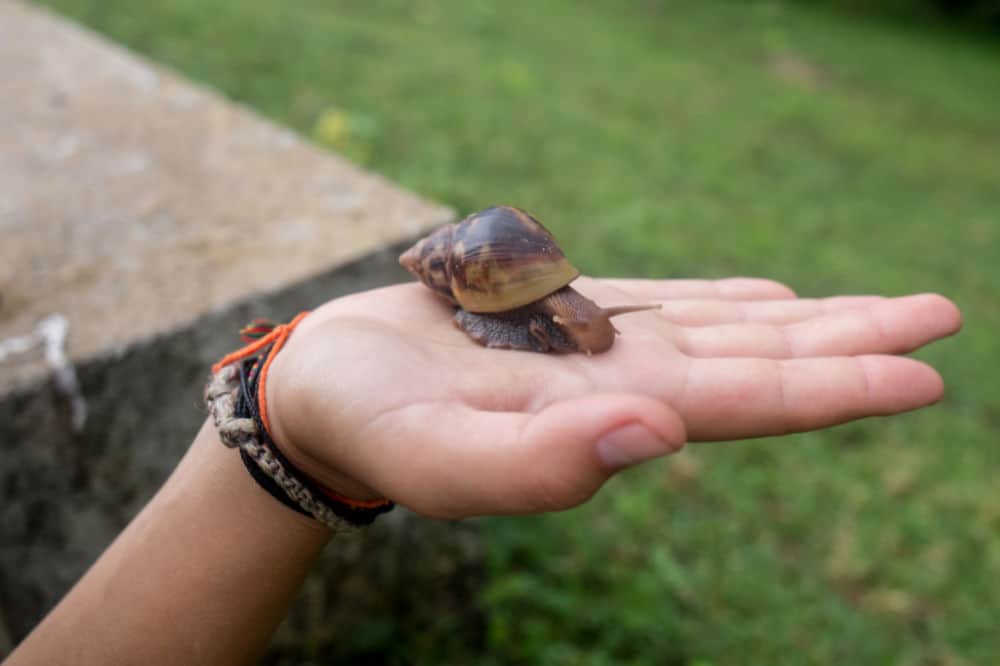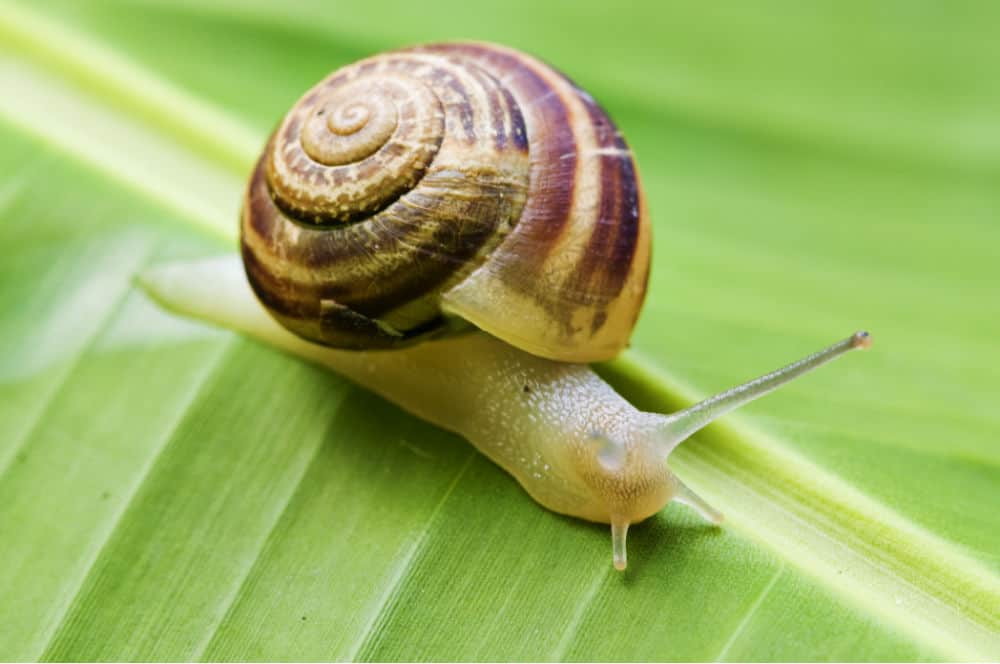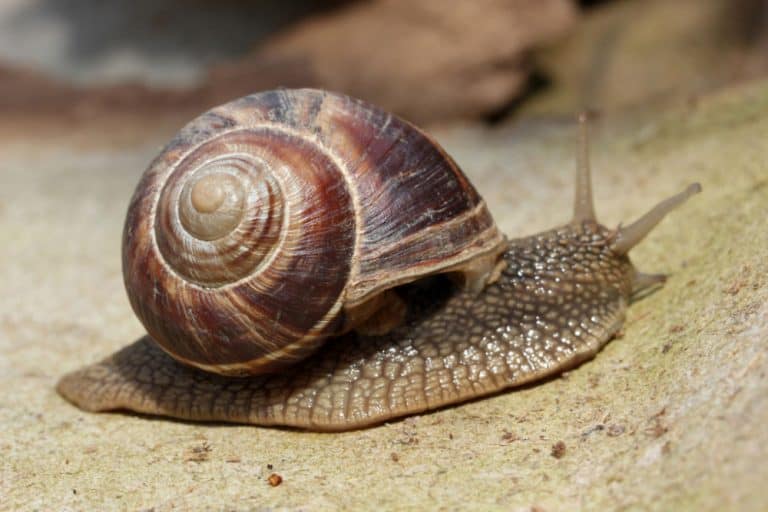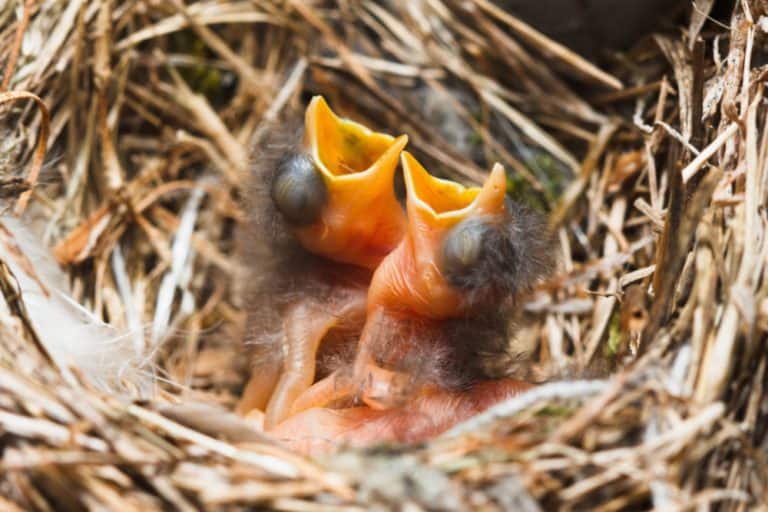Can Pet Snails Make You Sick?
If you keep snails as pets, you probably enjoy watching them as they crawl in slow motion, eat, breed, or just laze around. You most likely pick them up once in a while to pet them. But with all their slimy mucus, some people would wonder if that’s really safe to do.
Pet snails can make you sick, though the chances of that happening are low. Rat lungworm disease is one of the hazardous illnesses which results from ingesting raw snails infected with the rat lungworm parasite. Schistosomiasis is another deadly disease that can be caused by freshwater snails.
In this article, we’ll discuss these snail-related illnesses in detail. We’ll also offer some guidance on how to safely keep and care for your pet snails.
Illnesses Caused by Snails
Rat Lungworm Disease
Though rare, snails can carry a parasite known as Angiostrongylus cantonensis, also known as the rat lungworm. Snails are the intermediate hosts of this parasite, primarily found in rats and can infect humans, causing the rat lungworm disease.
But how do snails get infected by this parasite? Snails (or slugs) are infected when they feed on droppings of infected rats in areas prone to the parasite. Also, just coming in contact with these droppings can make snails and slugs carriers of the bug.
Humans can get infected if they eat raw or undercooked snails or slugs. The spread of this parasite can also occur if people consume raw vegetables with infected mollusks lodged inside.
Rat lungworm is prevalent in certain parts of the U.S, Southeast Asia, the tropical Pacific Islands, and Australia. If you live in any of these places, you need to be more cautious when handling snails.
Symptoms
Most rat lungworm infections cause mild symptoms that last a short time. A few cases may result in very severe symptoms and life-threatening complications. But it’s believed that many cases go undiagnosed.
For severe infections, humans can develop symptoms similar to meningitis, including severe headaches, stiff neck, vomiting, and low fever. According to reports by CDC researchers, the number of cases of these infections is reassuringly low, but even so, there is still a need to take extra precautions, especially if you keep snails as pets.
Prevention
Avoiding the ingestion of raw or undercooked snails or slugs is one of the best ways of preventing rat lungworm.
Another important practice is to thoroughly wash fresh produce before consumption. And what is more, personal hygiene is key. This involves washing of hands any time one has handled a snail or slug.
Schistosomiasis
Schistosomiasis (a.k.a bilharzia) is one of the most deadly diseases caused by parasites that infect freshwater snails. This disease is mostly contracted by people who were in water, swim, or enter the water bodies containing infected snails in any way.
Humans are infected when the parasites leave the snails, get into the water, and penetrate your skin. They eventually end up in the blood vessels. But interestingly, it’s the eggs of the parasites that actually cause illness when they lodge in tissues.
Symptoms
Symptoms of schistosomiasis may not appear as soon as a person is infected. After a few days or weeks, some of the most common symptoms will be rashes or itchy skin. Later on, you may notice some chills, fever, and cough.
Depending on the body organs affected, you will start noticing a lot more symptoms, such as abdominal pain and blood in stools or urine. There are rare cases where the Schistosoma eggs are found in the brain or spinal cord and can cause seizures.
After a long time of infection, the parasite can damage the intestines, liver, lungs, bladder, and spleen.
Prevention
The aim here is to avoid contact with the disease-causing parasite. Therefore, the solution is to avoid wading or swimming in freshwaters when in countries or regions in which schistosomiasis commonly occurs.

Why Keep Snails as Pets?
Even with the knowledge that snails can cause some illnesses, that doesn’t mean you can no longer keep them as pets. You only need to exercise caution and handle the pet snails with care. What is more, there are several great reasons as to why you should keep snails as pets. These include:
- Pet snails don’t take up too much space so they can easily fit in places with limited space.
- Children can handle snails since they are tiny.
- Snails are quiet and don’t disrupt the surrounding environment.
- They are a unique pet.
- It’s cheap and easy to feed them. Left-overs from your fridge are enough.
- You can have a simple and inexpensive setup for your snails.
- They are interesting to watch.
Care and Maintenance for Pet Snails
Pet snails are low maintenance and pretty easy to care for. Here’s what you need to know about caring for your snail.
Housing
Creating a good home for your pet is very important. This ensures the snails will be comfortable and safe. And that doesn’t need to cost you too much because firstly, snails are small so the housing doesn’t have to be too big though it should be spacious enough. Apart from that, there aren’t very complicated furnishings and decorations to add inside the snails’ home.
So, to begin with, the container housing your little pets should be transparent and offer good ventilation. The enclosure should also be escape-proof. This means the lid should be able to seal up well. The reason for this tight lid is that snails are very strong and can easily crawl out if the lid is lightweight or not clipped in place.
Here are some container options you can use as your pet snails’ home:
- Plastic mini pet houses. A great example is the Hamiledyi Plastic Mini Pet House. This container is a good size for small pets, and it’s lightweight so it can be carried around easily. The air holes on the sides keep a constant airflow within the container.
- Glass aquarium. These are fancier and require careful handling since glass is fragile. But there are a few modifications you may have to make: secure the top since most aquariums don’t have a saleable covering and get one with a plastic cover so you can create some holes for ventilation.
- Glass Terrarium. These are similar to the glass aquarium. Check out the Ferrisland Glass Terrarium for a good and sturdy pet house.
For tips on how to properly clean a snail enclosure, check out this video:
Soil/Substrate
You can use soil from your garden or buy a substrate for your pet snails’ home. Whichever you choose, add about 7-10 cm (2.75- 3.93 inches) deep into the container. Keep the soil/ substrate clean and moist.
If you don’t know which substrate to use, here are a few options to pick from:
- Coir
- Peat
- Potting soil
- Vermiculite
- Bark
- Sphagnum Moss
The first three (coir, peat, and potting soil) are some of the most commonly used. But each of these substrates has its advantages and disadvantages.
Furnishings
A few decorations added in the snail housing will make a nice final touch. Place a plant pot, for example, to offer a hiding spot for your snails. Plants (both plastic and live ones) can be added to make the container look more natural and also offer more hiding places.
Tree branches are great furnishings as well, so your snails have a variety of places to climb and crawl. And finally, place a food and water dish inside the container for the snails to feed and drink from.
Feeding and Watering
Snails eat fruits and vegetables, e.g., carrots, cucumbers, leek, potatoes, spinach, apple, grapes, plum, etc. Just avoid citrus fruits.
Remember to also provide enough calcium supply, which is essential for building and repairing their shells. A good example of calcium source is Cuttlefish bones. You can purchase the Prevue Pet Cuttlebones, which provides calcium, iron, and other trace minerals.
Water is also very necessary for your snails. Put some in a small container inside the pet home.
Conclusion
In conclusion, while pet snails can indeed make one sick, the chances of that happening are very low, especially if you observe proper hygiene and always wash your hands after handling the snails. Therefore, don’t fear to get yourself or your kids a few pet snails.







